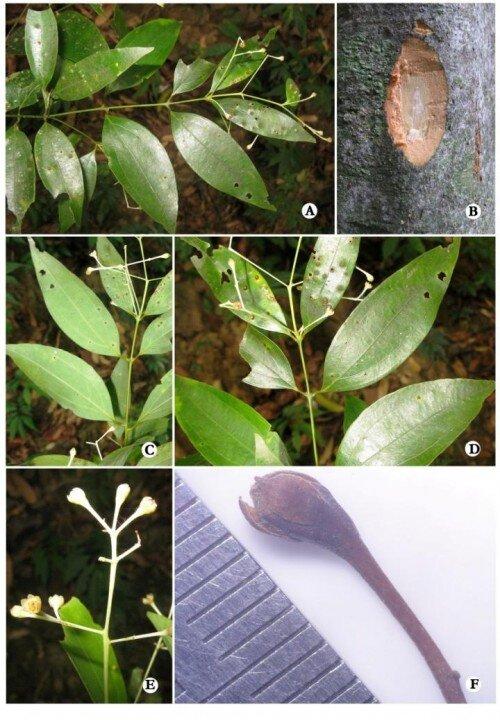“Tyger, tyger, burning bright,” wrote William Blake in his famed poem. And now it appears that thanks to a dedicated team belonging to the Special Tiger Protection Force(STPF), tigers will once again shine bright in the forests of Maharashtra.
The expertise of these trained hands was on display in February at the Ashta village which falls in the buffer zone of the Tadoba- Andhari tiger reserve of the state.A tiger had strayed into the village in the buffer zone of the reserve. This team managed to lure away the tiger from the village without any damage to human lives, while simultaneously managing a crowd of villagers who had gathered out of curiosity as well as fear. This was probably the first time that a tiger venturing into a human inhabited area was spared from being mauled by the crowd.
Since 2012, the STPF has been deployed in two tiger reserves in Maharashtra, one at Tadoba and the other at Pench tiger reserve. Tadoba is believed to be home to about 50 tigers, according to experts.
The tiger population in India was 1706 in the last survey conducted in 2011by the National Tiger Conservation Authority; over half the total tiger population of the world.
Swapnil Ghure, who heads the STPF says, “There has been no poaching incident in Tadoba since the STPF has been inducted. In a conflict situation they are helpful in two ways: to control the mob and ensure safety of wild animals besides monitoring wildlife.”
Reduced Poaching
Instances of poaching are usually more common in summer when tigers approach water bodies and become easy targets for poachers. The summer of 2012; when the STPF was first introduced in Tadoba witnessed three instances of suspected poaching. In 2013, two incidents had evidence of poaching, but was not confirmed. The summer of 2014 showed brighter results with not one occurrence of poaching in Tadoba.
The STPF was formed following guidelines from the government to protect the tigers. Funds were released by the Government as early as 2008 to raise, arm, train and deploy the special tiger protection force in 13 sensitive tiger reserves. Karnataka was the first state to deploy the STPF in 2012. Other states soon followed.
The main duty of the STPF members is to protect the tigers and their cause by taking anti-poaching measures in the park. Controlling mobs of villagers is just one of the other tasks to facilitate the main objective of protecting tigers.
“We patrol the forests; our strength is in our numbers. We can take on a big group that is doing illegal activity inside forests and ensure the safety of wildlife animals from poachers, ”said a female officer of the force.
Kishor Rithe, a member of the Satpuda Foundation that works for animal welfare said, “STPF has been very effective not only in controlling incidents of poaching but has also played a crucial role in making people more aware especially in an area like Tadoba where there are incidents of man animal conflict. That’s why we are eager to get two more STPFs for sensitive reserves like Melghat which borders MP and Navegaon Nagzira tiger reserves in the state.”
This article was originally written and published by Ramya Naresh, a contributing writer for indiasendangered.com. For the original article and more information, please click HERE.




